New research from global advertising leader The Trade Desk shows young Indian consumers are increasingly gravitating towards the open internet with 76 percent expecting this trend to continue, which is an indication that the country’s adspend too is poised for growth.
The open internet reaches a staggering 640 million users in India, and that number is growing, while more young adults aged 18-34 feel engaged with content on the open internet rather than those in walled gardens.
These insights are part of the new research study, ‘India’s Engaged Audience: Why the Open Internet is the New Premium’, and highlights opportunities to connect with the highly coveted consumer group aged 18 to 34, The Trade Desk said in a media statement.
For the uninitiated, open internet includes over-the-top (OTT)/connected TV (CTV) platforms, music streaming, online gaming, websites and apps where consumers can engage with free content funded through advertising.
From an advertiser’s perspective, the open internet is where they can purchase digital advertising via independent media-buying tools versus relying on the tools of each individual walled-garden publisher.
Walled gardens refer to closed ecosystems that are controlled by a few tech companies, which own the content and media, and have full control of technology used to target, place and measure ads. Some of the largest walled gardens include social media and search companies.
“The shift to the open internet represents a pivotal moment for marketers,” said Tejinder Gill, General Manager, India, The Trade Desk.
“As more consumers engage with premium content on the open internet, marketers can now reach highly attentive audiences at scale. The notable levels of engagement, ad trust, and recall compared to traditional walled gardens mark a new era of ad receptiveness. This transition is poised to boost ad spend on the open internet,” Gill added.
Findings reveal that platforms on the open internet excel in engagement, with a greater proportion of young adults being most attentive in online games (35 percent), OTT/CTV and news/websites (34 percent), all of which outperform social media platforms (30 percent).
This heightened engagement is driven by how users interact with content. On the open internet, users actively seek information, shop or watch content. Conversely, on social media, users lean back, passively scrolling through auto-generated feeds.
For young Indians, brands advertising on OTT/CTV are viewed as more premium, the report, released on Wednesday, said.
The open internet has emerged as the primary destination for premium content. The research shows that one in three Indians surveyed prefer OTT/CTV as it offers more of their favourite premium content. This trend is even more pronounced among younger Indians, who indicated they are 27 percent more likely to choose OTT/CTV over social media platforms for their preferred content. This shift highlights that younger users now view OTT/CTV as offering the best of the open internet.
As digital natives increasingly turn to OTT/CTV for premium content, they also perceive ads on these platforms as more premium. Young adults are 55 percent more likely to view brands advertising on OTT/CTV as premium compared to user-generated content (UGC) video platforms.
The research further indicated that ads on the open internet, such as OTT/CTV and music streaming are more trusted than those on social media — over four in 10 find ads on the open internet found to be trustworthy. In particular, OTT/CTV stands out as the most trustworthy channel, with young adults (16 percent) more likely to trust ads on OTT/CTV compared to social media platforms.
In terms of ad recall, a majority of the open internet platforms outperform walled gardens, with online gaming leading the charge, followed by news websites and music streaming platforms.
The Trade Desk Intelligence surveyed 1,000 Indian consumers about their online media habits, attitudes, and experiences. The sample is representative of key demographics such as age, gender, and income, and additional weights were applied to ensure representativeness. The research was conducted in May 2024.
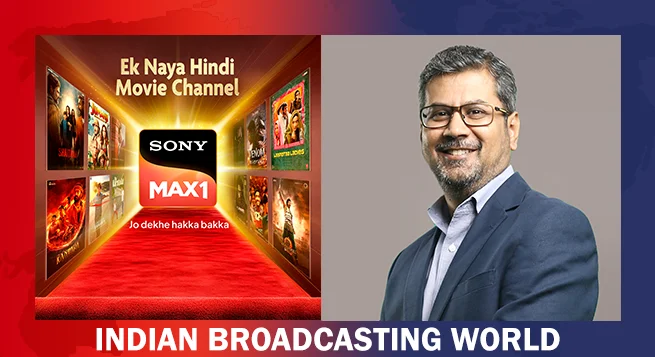 Sony MAX 1 set to launch on May 1
Sony MAX 1 set to launch on May 1 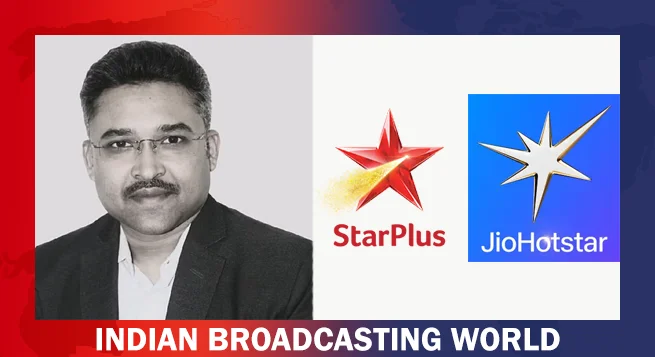 Avijit Dhar appointed VP-Marketing for Star Plus
Avijit Dhar appointed VP-Marketing for Star Plus 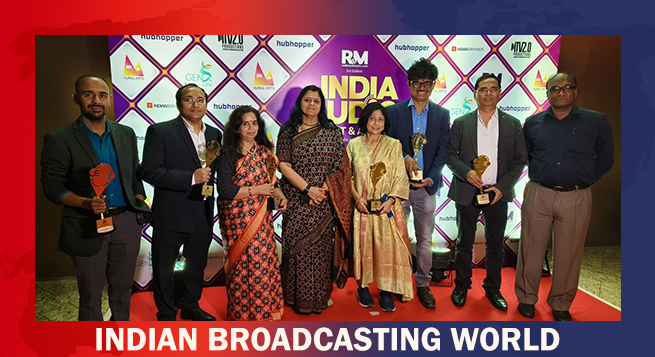 Akashvani bags 6 honours at India Audio Summit & Awards
Akashvani bags 6 honours at India Audio Summit & Awards  Govt tells media to desist from live coverage of defence ops
Govt tells media to desist from live coverage of defence ops  Jio Platforms net profit up 25.7% in Jan-Mar quarter
Jio Platforms net profit up 25.7% in Jan-Mar quarter 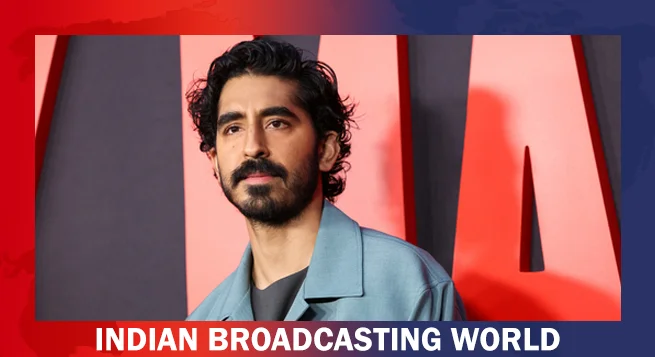 Dev Patel to helm and star in ‘The Peasant’
Dev Patel to helm and star in ‘The Peasant’ 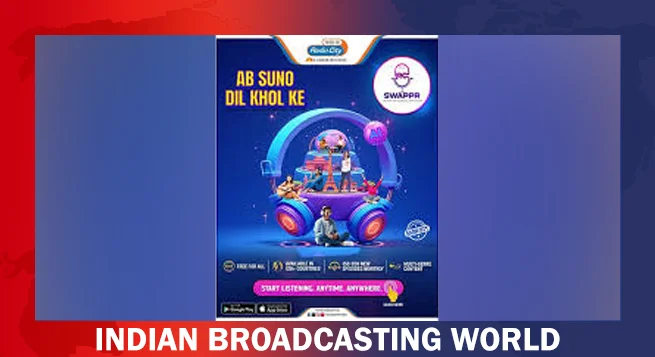 Radio City launches global podcast platform RC SWAPPR
Radio City launches global podcast platform RC SWAPPR  Is Banijay exploring acquisition of ITV Studios?
Is Banijay exploring acquisition of ITV Studios? 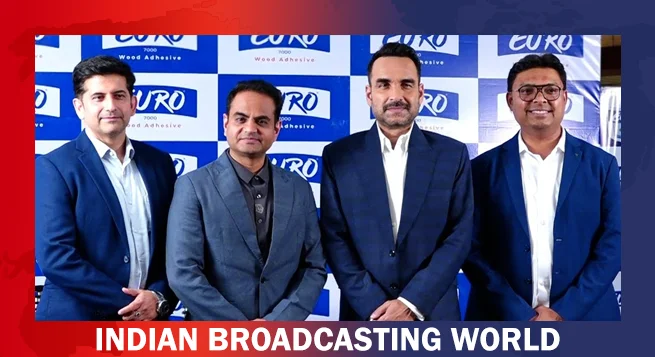 Pankaj Tripathi is Euro Adhesives brand ambassador
Pankaj Tripathi is Euro Adhesives brand ambassador 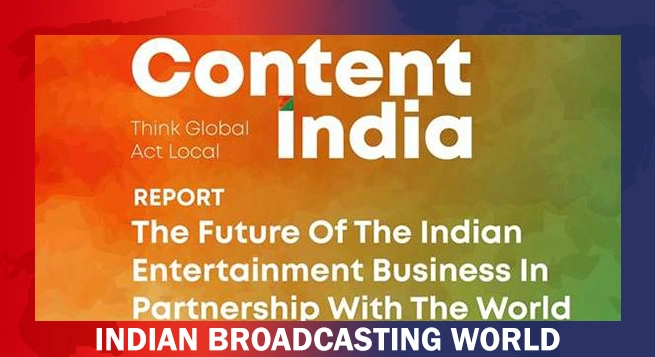 India M&E sector can unlock $6bn in untapped value by ‘30: Report
India M&E sector can unlock $6bn in untapped value by ‘30: Report 








